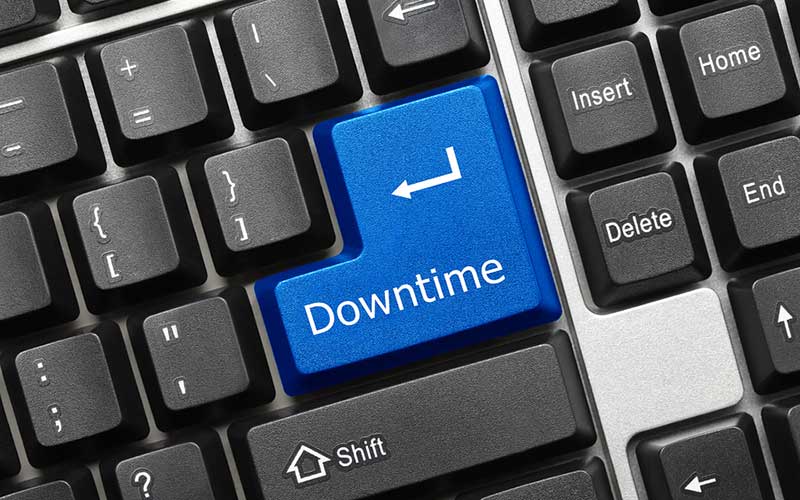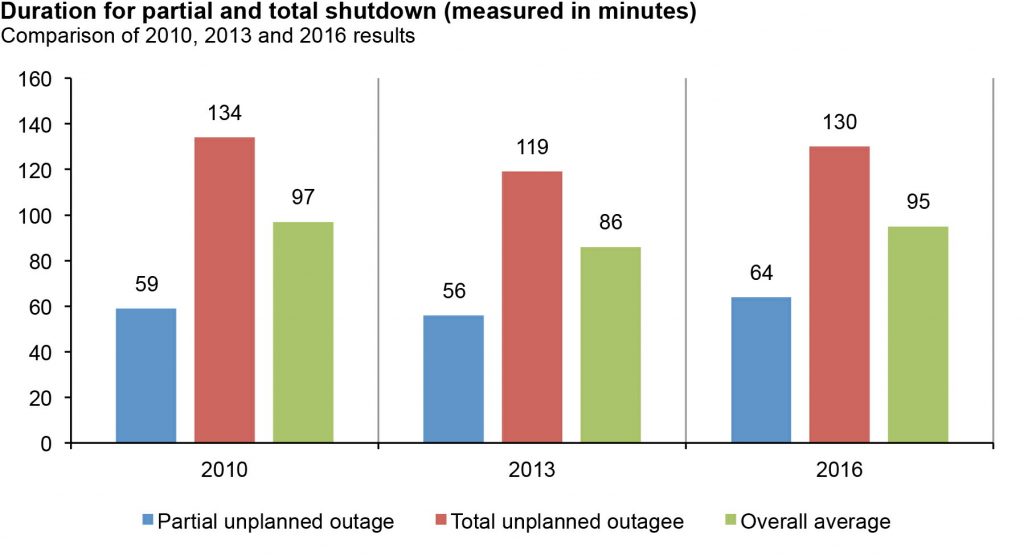
What goes up must come down. As healthcare processes have become more and more automated and healthcare organizations transferred to electronic health records to simplify patient data management, a new set of challenges has emerged. Security of electronic patient data is one, mainly due to HIPAA and other governmental regulations. Healthcare information system (HCIS) reliability is another challenge.
Your HCIS, which houses all your patient information, can be brought down for reasons that are planned (maintenance, upgrades, etc.), but unplanned downtimes can occur due to a number of reasons, including a loss of power, network connectivity, natural disaster, or even a system failure. Network, system and power outages occur annually, and always at a cost to your organization in terms of interrupted workflow and impacted patient service, not to mention the hit it takes at your bottom line.

As much as HCIS technology has improved over the years, it continues to suffer from both planned and unplanned downtimes. In fact, downtimes of various types occur more often than your organization may realize. A December 2016 survey sponsored by Emerson Network Power and conducted by the Ponemon Institute revealed that healthcare facilities average 2.7 complete healthcare information system outages over a two-year period, the most compared with other markets surveyed, including communications, financial services, retail, education, public sector, hospitality and several others. In addition, healthcare facilities have the second longest average downtimes at 130 minutes per incident (see chart below). The healthcare facilities surveyed also experienced an average of six partial outages during the same two-year timeframe. The average number of device-level outages, or those limited to individual servers, was the highest at 11 outages in two years.
The frequency and duration of unplanned downtimes pose a challenge for healthcare facilities — problems made worse as the cost of downtimes soars over time. Even planned downtimes for software, hardware, and network upgrades and updates will affect the overall uptime of your users as well as any integrated systems. Many downtimes are not even reported or recorded because they have occurred for what is considered to be a short period of time. Based on a healthcare organization’s downtime policies and procedures, a system could be down for minutes or even hours before or without an official downtime being declared. Meanwhile, the undocumented downtime’s impact could be significant, as processes will still experience diminished efficiency during that timeframe.
Any downtime of your HCIS means that your clinicians will be unable to access critical patient data, particularly any updated medication records. Without access to the latest patient data, clinicians’ delivery of patient care will be interrupted and patient safety will be impacted. Do you have a business continuity or downtime protection plan in place that ensures the uninterrupted availability of patient data? If not, can you afford to continue to operate without a plan and risk patient safety and care?
To find out more and learn how you can be prepared for the inevitable HCIS downtimes, check out our whitepaper, Healthcare Business Continuance: Implementing Procedures to Address Critical System Downtimes.

